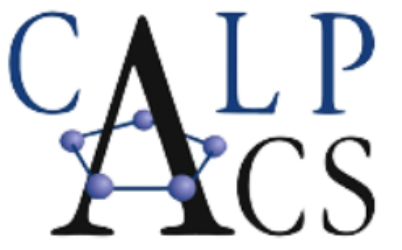Annual Holiday Wine Tasting
Noon, Saturday, December 10, 2011
Mosby Winery and Vineyards
9496 Santa Rosa Rd, Buellton
The cost for the event will be $15 per person.
A variety of international cheeses and homemade soups will accompany the wine tasting.
While Bill Mosby’s specialty is the growing and vinification of fine Italian varietal wines, he also makes award-winning grappa, wild plum and raspberry distillatos. His experienced palate and careful, ongoing search for interesting new varietals have resulted in vintage after vintage of award-winning Sangiovese, Nebbiolo, Pinot Grigio and more. And then there’s his latest addition, Dolcetto — the everyday wine of Piemonte.
When Bill and Jeri purchased the old de la Vega land in the early 1970s, the first thing Bill did was plant vines. “Noah did that,” he says quietly. “First thing he did. Plant a vineyard.” Among those early Mosby wines was Gewürztraminer, Jeri’s favorite. “It’s still my favorite,” says Jeri. “I’m going to miss having it in the tasting room.” The Mosby’s first commercial wines were bottled under the Vega label, named after the old land grant. Bill’s wine began to gain industry attention, and a following of Mosby wine enthusiasts continued to develop. In 1986, at his family’s insistence, Bill changed the Vega label to reflect the Mosby name and winemaking philosophy.
Over the years the Mosby vineyards have expanded, the wines have evolved; a Mosby style has reached maturity. A part-time grower and winemaker all of his adult life, Bill Mosby finally made the career move to full-time grower and winemaker in 1998. A successful dentist for over 40 years, William M. Mosby, DMD, became Bill Mosby, full-time winemaker — artist of the vine.
For more information and reservation forms go to This Link; email calpacs@chem.ucsb.edu, or call James Pavlovich at 805-893-4252.
For a map, directions and more info on Mosby Wines and Vineyards go to their web site at www.mosbywines.com
Please make your reservations by Monday, December 5, 2011.
Reserve Early as Space is Limited.
















